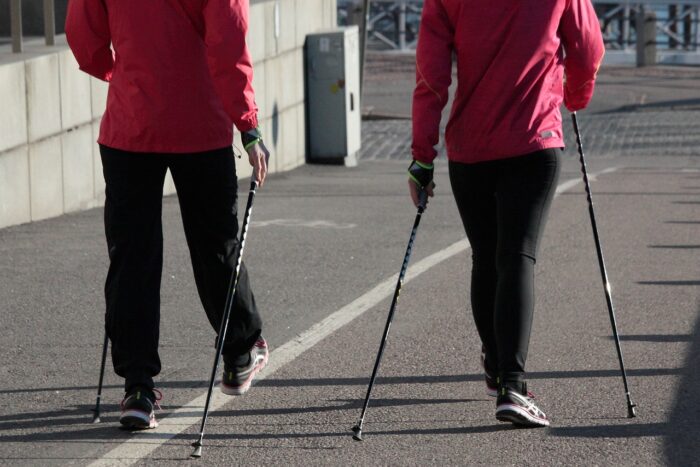
Adjusting your lumbar spine by yourself can be risky and is generally not recommended without proper training or guidance from a healthcare professional. Manipulating the spine incorrectly can potentially lead to injury or exacerbate existing conditions.
There are some safe and gentle techniques you can try under the guidance of a qualified practitioner…
Self-Stretching
- Knee-to-Chest Stretch – Lie on your back, bend your knees, and bring them toward your chest. Hold for 15-30 seconds, then release. Repeat several times.
- Cat-Cow Stretch – Start on your hands and knees. Arch your back upward (like a cat), then drop your belly down and lift your chest and head (like a cow). Repeat several times, moving with your breath.
Foam Rolling
- Lower Back Foam Rolling – Lie on a foam roller with it positioned under your lower back. Roll gently up and down to massage the muscles along the spine.
Core Strengthening
- Pelvic Tilt – Lie on your back with knees bent and feet flat on the floor. Tighten your abdominal muscles to flatten your lower back against the floor, then release. Repeat several times.
- Bridge Exercise – Lie on your back with knees bent and feet flat on the floor. Lift your hips toward the ceiling, keeping your back straight. Hold for a few seconds, then lower back down. Repeat several times.
Gentle Mobilization Techniques
- Seated Rotation – Sit on a chair with your feet flat on the floor. Gently twist your torso to one side, using your hands on the chair for support. Hold for a few seconds, then repeat on the other side.
- Standing Side Bend – Stand with feet hip-width apart and arms relaxed at your sides. Slowly lean to one side, keeping your shoulders level. Hold for a few seconds, then return to the starting position. Repeat on the other side.
Yoga or Pilates
- Certain yoga or Pilates poses can help stretch and strengthen the muscles around the lumbar spine, promoting flexibility and stability.
Precautions
- Always consult with a healthcare professional before attempting any self-adjustment techniques, especially if you have existing back pain or spinal conditions.
- If you experience pain or discomfort while attempting any of these techniques, stop immediately and consult with a healthcare professional.
When to Seek Professional Help
- If you have persistent or severe back pain that doesn’t improve with self-care techniques.
- If you have a history of spinal injuries or conditions.
- If you experience symptoms like numbness, tingling, weakness, or loss of bowel/bladder control, this could indicate a more serious issue.
A qualified chiropractor, physical therapist, or other healthcare professional can provide guidance on safe and effective ways to address lumbar spine issues.
Related Posts
How Long Does It Take For A Lumbar Strain To Heal?
On
January 18, 2025
Is Walking Good For Lower Lumbar Pain?
On
August 24, 2024
Is Walking Good For Lumbar Spine?
On
June 4, 2024
What Is The Best Treatment For Lumbar Spine?
On
November 13, 2024



